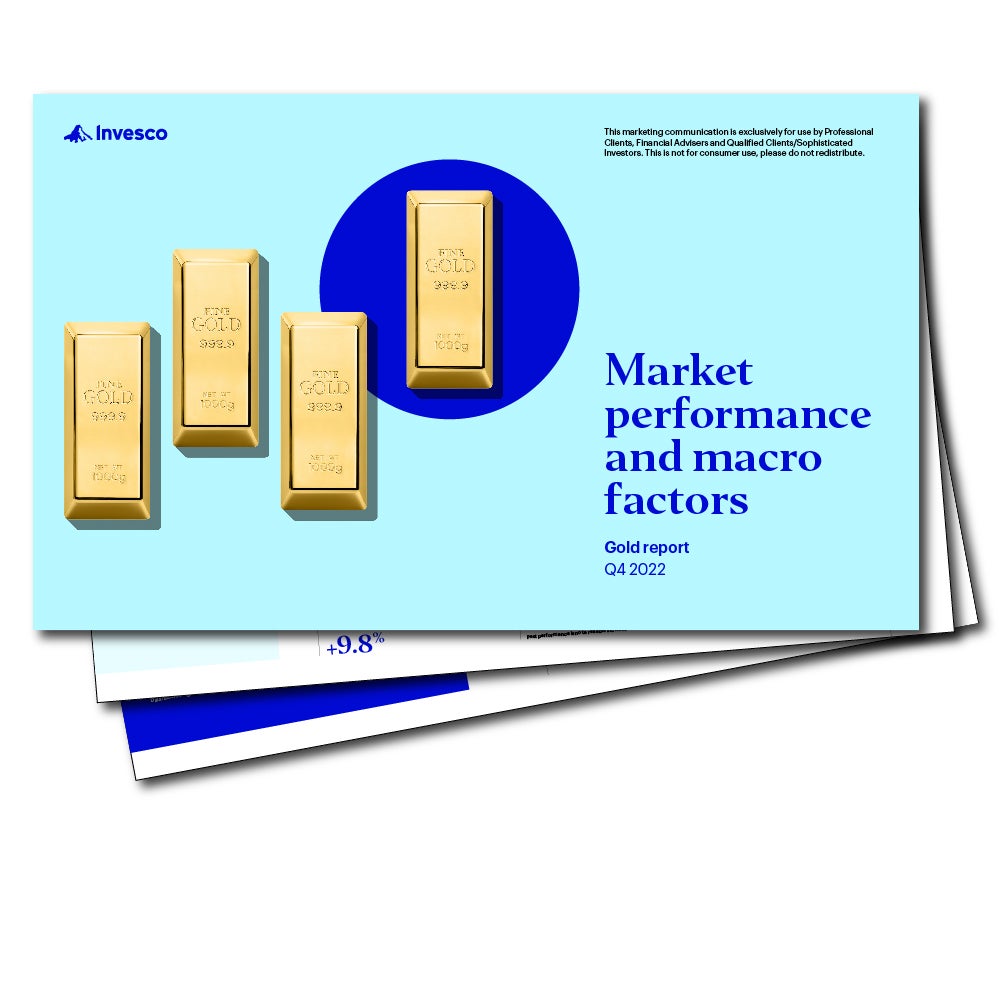
Have you signed up to receive our quarterly Gold Report?
Our quarterly gold report examines the performance of the asset class, macroeconomic factors, and other useful insights. Sign up to receive these insights directly in your mailbox.

In the first part of our Q1 Gold Report, we reviewed how the gold price fared and touched upon other asset classes, as well as explored significant macro factors, including bond yields, the US Dollar and inflation expectations. In this second part of the Gold Report, we explore the various sources of supply and demand to further explain recent movements in the gold price.
Source: World Gold Council, showing gold demand per market segment in Q1 2024.
Against the previous quarter, demand for gold fell 3.4% in Q1 2024 to 1,102 tonnes. In comparison to Q1 2023, purchases of gold were little changed at 0.1% higher. This was despite gold reaching new all-time price highs and ending the quarter 8.1% higher at $2,230.
Quarter-on-quarter central banks were the only element of demand to see an increase in the amount of gold purchased. Central banks saw the strongest start to a year on record in Q1 at 290 tonnes purchased, a 31.9% uplift on demand from the previous quarter; however, this still lags retail investment and jewellery demand.
Jewellery’s share of total demand was 41% in Q1 2024, a fall of 23.1% quarter-on-quarter, not hugely surprising given the seasonality in this part of overall gold demand. Retail investment purchases were resilient against the higher prices, falling 0.2% from Q4 2023, whereas gold-backed ETFs were net sellers of gold, experiencing their eighth-consecutive quarter of outflows. Demand from technology was 2.1% lower on the quarter, falling to 79 tonnes.
Source: World Gold Council, as at 31 March 2024.
Although gold demand from jewellery consumption was 23.1% lower in Q1 2024 compared to the previous quarter, the 479 tonnes purchased is more than would be expected given the record-high prices reached by gold. As well as being price sensitive, gold jewellery demand is the most seasonal and, in comparison to Q1 2023, jewellery demand remained relatively robust recording a 0.1% increase in demand.
Quarter-on quarter Chinese jewellery demand for gold expanded 21% to 195 tonnes, predominately due to Lunar New Year in February when gold was favoured given the weaker currency and domestic stock market. In comparison to Q1 2023 Chinese demand for gold jewellery was 5.2% lower. India was the second-largest market for gold jewellery in Q1 2024 at 96 tonnes, a fall of 51.7% from the previous quarter when demand was boosted by Diwali and the wedding season. Despite average gold prices in Q1 2024 being 9.5% higher, compared to Q1 2023 Indian demand increased 3.9%.
Source: World Gold Council, as at 31 March 2024.
Quarter-on-quarter central bank demand for gold increased 31.9% to 290 tonnes and set a new Q1 record for the segment. It is central bank demand that has been the key support to the gold price over the past two years and reserve stocks have increased even as USD and real rates in the US have both been trending higher – negative factors in a traditional model for estimating the gold price.
Central bank demand is the only part of the demand continuum to demonstrate price insensitivity with activity continuing to be dominated by emerging markets. Turkey had the greatest addition to its gold reserves of 30 tonnes in the quarter, but this is part of its restocking programme having sold 130 tonnes in the first half of last year. China added a further 27 tonnes as India added 19 tonnes in the quarter.
Source: Bloomberg, as at 31 March 2024
Gold-backed ETFs diverged further from the price of gold in Q1 2024; as the gold price appreciated 8.1%, known ETF holdings of gold fell 4.0%, back to levels not seen since Q3 2019. This means there has been further selling into strength, against the trend of higher prices.
Source: Bloomberg and World Gold Council, as at 31 March 2024
North American ETFs saw a net outflow of 68 tonnes in Q1 2024, although there were inflows in March. European ETFs saw outflows of 52 tonnes, meaning the region has not had a quarter of inflows for two years. Asian gold-backed ETFs have seen consistent inflows over the past 12 months with Q1 2024 seeing a further 10 tonnes of inflows, perhaps reflecting the regional opportunity set, specifically weaker currencies.
Source: World Gold Council, as at 31 March 2024
The supply of gold fell 32 tonnes in Q1 2024, a fall of 2.5% from Q4 2023. The total supply of gold in Q1 2024 was 1,238 tonnes, 2.6% higher on the same period in 2023, which was the highest year on record for gold supplied.
The high price of gold has encouraged the increase in supply with mined gold registering 893 tonnes in Q1 2024. This is the largest tonnage mined at the start of a year on record at what is usually a weaker period owing to unfavourable weather conditions hampering extraction lines. Recycled supply increased 11.7% quarter-on-quarter to 351 tonnes, the previous high to this was Q3 2020 when gold first broke $2,000. Hedging activity is estimated to have taken 5.5 tonnes from supply in Q1 2024.
The value of investments and any income will fluctuate (this may partly be the result of exchange rate fluctuations) and investors may not get back the full amount invested.
Data as at 31 March 2024 unless otherwise stated.
This is marketing material and not financial advice. It is not intended as a recommendation to buy or sell any particular asset class, security or strategy. Regulatory requirements that require impartiality of investment/investment strategy recommendations are therefore not applicable nor are any prohibitions to trade before publication. Views and opinions are based on current market conditions and are subject to change. This document may not be reproduced or used for any other purpose, nor be furnished to any other person other than those to whom copies have been sent. Nothing in this document should be considered investment advice or investment marketing as defined in the Regulation of Investment Advice, Investment Marketing and Portfolio Management Law, 1995 (“Investment Advice Law”). Neither Invesco Ltd. nor its subsidiaries are licensed under the Investment Advice Law, nor does it carry the insurance as required of a licensee thereunder.